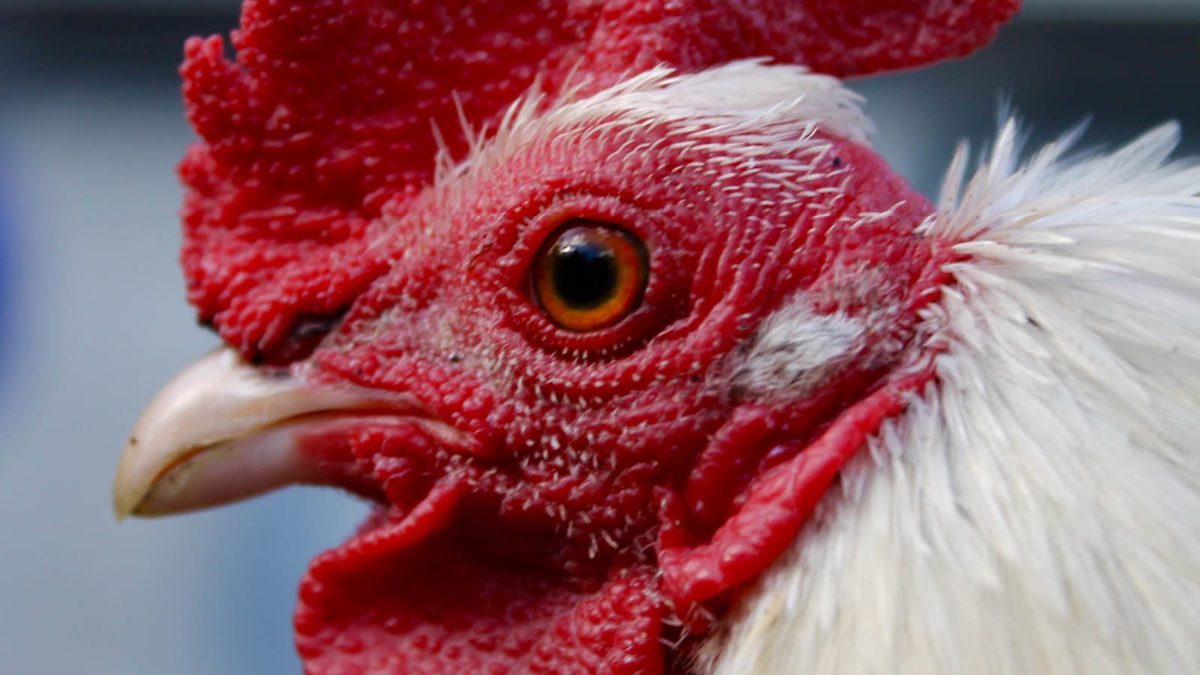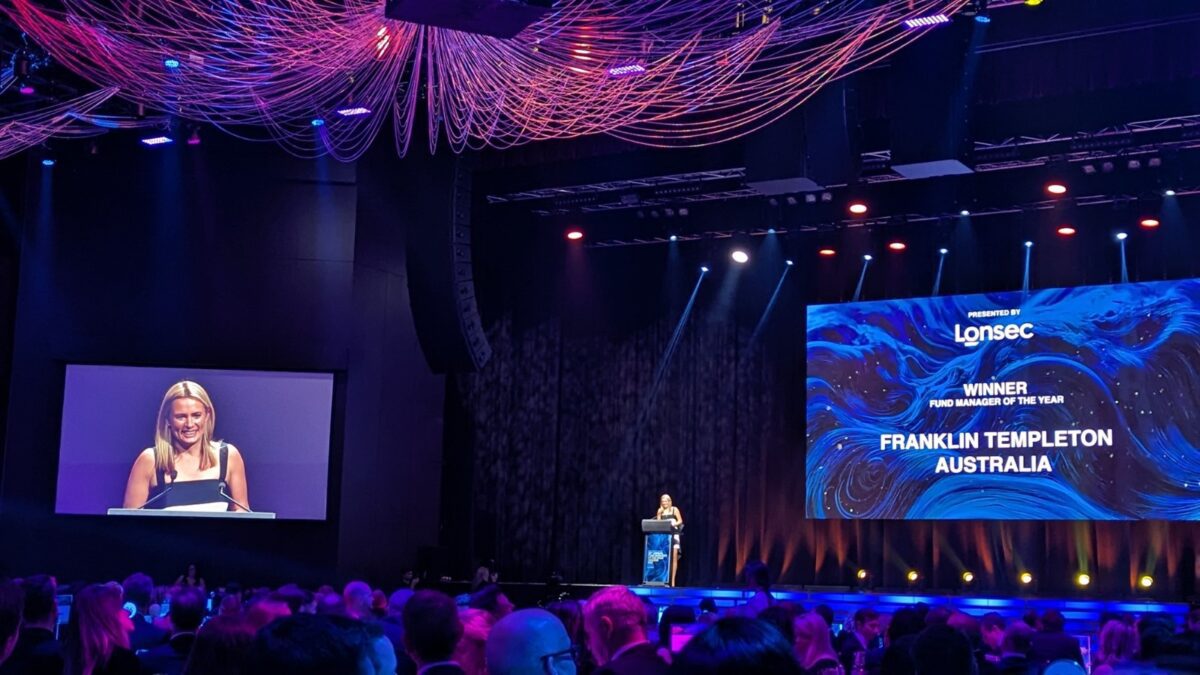If you’re not Chicken, Inghams is no Turkey
It has been a tough 18 months on the share market for Inghams Group, but things could be starting to turn for Australia and New Zealand’s largest integrated poultry producer.
Inghams is one of those classic disappointments for shareholders, in that the stock looked to be going great guns, but hit unexpected turbulence and gave up all of its gains. Those who failed to lock-in a profit need to start all over again.
Inghams’ private equity owner TPG floated the company in November 2016 at $3.15 – but here we are four years later, at $3.17. In the meantime, however, there was a brief period above $4.60, in February 2019. Shareholders will be hoping the stock can get back there.
What hit Inghams was mainly the drought, which fed into high feed costs for its birds, particularly in its FY19 result. The company also got things that it could control wrong, closing a meat processing facility and then confessing (in those results) that it then couldn’t cope with increased demand for chicken – which it called “unexpected.” Sales rose by 4.9% in FY19, to $2.49 billion, but underlying earnings fell short of consensus: EBITDA (earnings before interest, tax, depreciation and amortisation) of $208.6 million was up 2.9%. Without providing specific guidance, Inghams indicated that it expected its EBITDA would continue to decline into FY20.
At the time, ING was the most shorted stock on the ASX – and as such, could not afford to stumble. The shares slumped 22%, to $3.17.
That was August, 2019. ING is still at $3.17.
Inghams has struggled this year, starting 2020 at $3.42 and trading as low as $2.86 in November, but it is on the improve, despite the fact that, in the wake of COVID, FY20 was not exactly a spectacular recovery story.
Stripping out the effect of the adoption of the new lease standard AASB16, underlying EBITDA fell 13.8%, to $179.7 million, while underlying net profit slid 23.6%, to $78.8 million. Further restructuring of the processing network hurt volumes and costs in the first half, while the impact of COVID-19 in the second half also weighed on the results. On a statutory basis, Inghams reported a 68.2% drop in net profit, to $40.1 million for FY20, while poultry volumes increased by 3.3%, to 429,000 tonnes. The full-year dividend was pruned by 5.5 cents, or 28%, to 14 cents a share, fully franked.
Since then, the tide has started to turn for Inghams. In its first-quarter business update, in November, Inghams said its core poultry sales volumes jumped 6.2% compared to a year ago, and 7.5% on the previous quarter – this had almost brought demand for its products back to pre-COVID-19 levels.
The company also revealed good progress on getting on top of its costs, however Inghams also revealed that the effect of the global pandemic on the poultry market had forced it to reduce its inventory levels, with inventory falling by $16 million within the first 17 weeks of FY21. There was also the embarrassment of a first strike on its remuneration report at the annual general meeting and shareholders also knocking-back board plans to pay chief executive Jim Leighton a bonus after a tough year for the company. Nevertheless, the market lifted ING by 16% on the back of the update, with a feeling that after the horror year of COVID, turkey sales for Christmas would soar as Australians looked to regroup over a home-cooked Christmas dinner. Inghams said it expected to benefit from an extra one million Australians being at home for Christmas dinner this year, with travel curtailed by the pandemic.
Longer-term, Inghams has an optimistic outlook, because poultry is going to be an increasingly preferred protein source – but in the short term, some investors might be put off by the fact that there is still a big short interest, with 8.2% of its shares held short, the tenth-most-shorted stock on the ASX (Webjet leads this unwelcome stat, at 15% short interest). While some short-sellers appear to believe Inghams is not over its difficulties, analysts are reasonably bullish – those polled by FN Arena expect earnings per share (EPS) to surge 96% in FY21, on a statutory basis, to 21.2 cents, before rising to 25.1 cents in FY22. Thomson Reuters’ collation predicts 23 cents in FY21 and 26.1 cents in FY22.
For the fully franked dividend, FN Arena’s collation expects 14.1 cents in FY21 (up from 14 cents in FY20), lifting to 17.3 cents in FY22: Thomson Reuters expects 15.9 cents in FY21 and 18 cents in FY22. The Thomson Reuters numbers put ING on a 5% FY21 yield (or 7.2%, grossed-up) and a 5.7% FY22 yield (8.1% grossed-up).
As a basis for return, those predictions would come in quite handy – and projected total return looks quite handy, too. FN Arena’s consensus analysts’ valuation is $3.62, while Thomson Reuters’ figure is $3.73. You can make a good case for buying ING on those numbers – whatever the short-sellers say.









